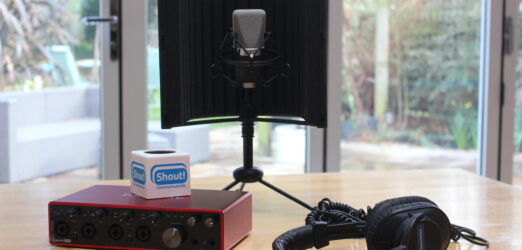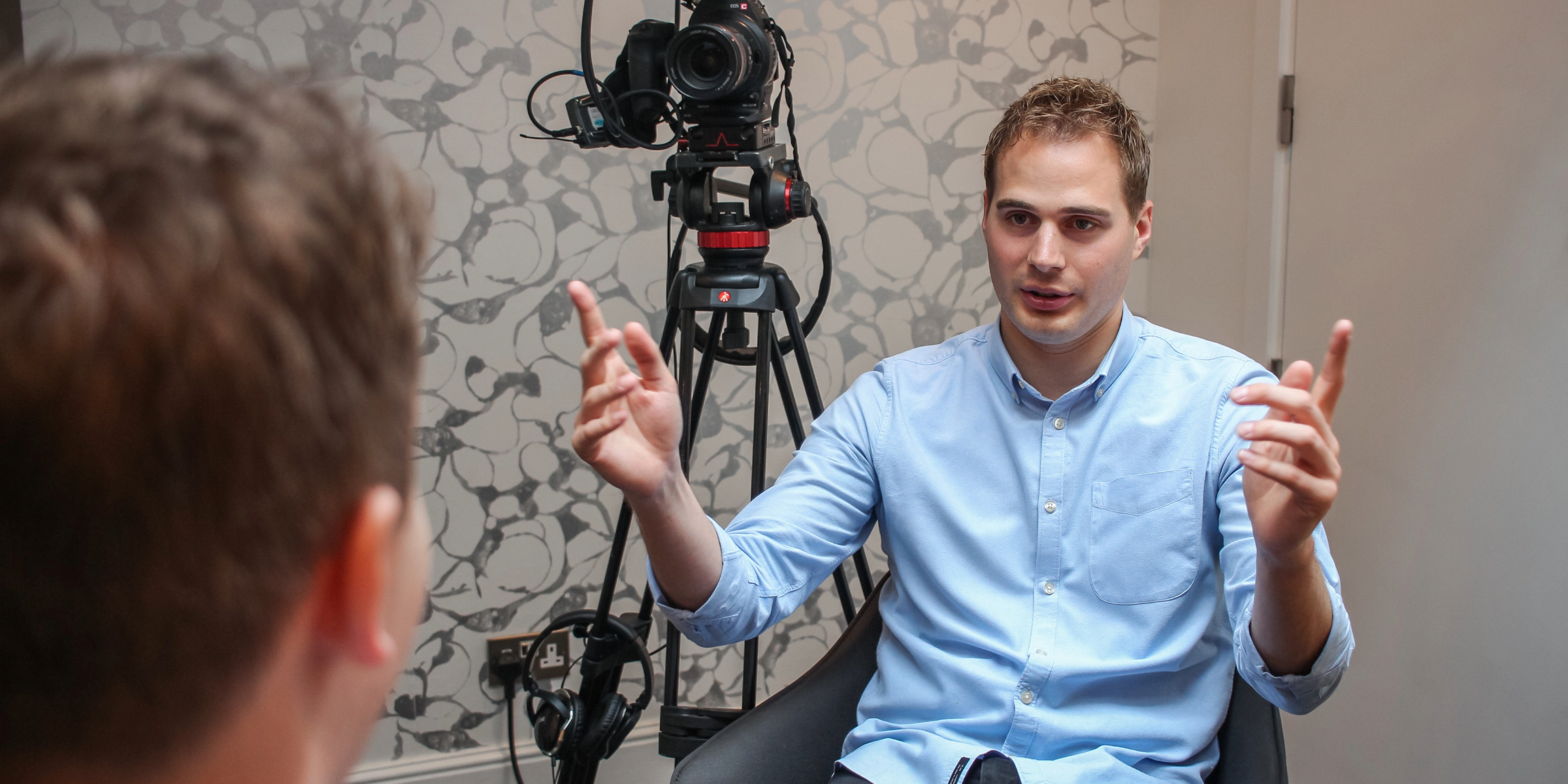Covid-19 has changed many things and British radio listening habits is the latest to be pinpointed. The radio listening organisation RAJAR has produced what is only its second set of data since the pandemic began.
The headlines
Radio is a great PR tool! According to RAJAR 89% of the population tune in to radio each week. The average listener tunes in for 20.3 hours in that time. And 40 million people are tuning in to radio digitally – meaning via DAB, DTV, online or an app.
The pandemic effect
As a result of so many of us working from home, peak listening figures have been pushed from breakfast shows to later in the morning. In the past, people have woken up to the radio and, if they drove to work, continued listening until they arrived. Working from home however has resulted in more people listening to the radio on the move via smartphones.
The lure of strong personalities
Audiences have always been attracted to strong presenter personalities. At LBC for example, mid morning presenter James O’Brien now reaches 1.307M listeners, overtaking his breakfast show colleague Nick Ferrari who has 1.295M listeners.
Winners and losers
BBC Radio 2 remains the most popular station in the country with around 15 M listeners a week. Other BBC national radio stations remain steady, but commercial radio stations continue to gain ground. Heart remains the strongest brand with over 10 million listeners across The BBC’s strategy is to push listeners towards its BBC Sounds app. Younger listeners are increasingly using streaming apps on mobile phones and the corporation is planning to move episodes of popular shows exclusively on the app for four weeks after they’ve been broadcast.
TalkRADIO is a big winner, attracting a record audience. In contract, Times Radio, owned by Rupert Murdoch, lost a fifth of its audience since the previous quarter, attracting just 502, 000 listeners a week.
What this means for broadcast PR
BBC national stations, with their money can’t buy opportunities, and far reaching audiences are still top of the wish list for most of our clients. Times Radio will fight back and we think you get some excellent opportunities on its programmes, presented by their high calibre journalists. There’s also the link to the Times Newspaper – whatever you hear on Times Radio has a much better chance of getting in the paper. We love talkRadio but spokespeople need to appreciate the lively approach to interviewing some presenters have! Spokespeople need to be confident and hold their ground.
Big personalities
Personality led programmes means that you might consider giving an exclusive or at least part of a story to just one station.
To infiltrate music based stations you need a compelling celebrity spokesperson. Anyone else, such as a corporate spokesperson, just won’t cut it. But if it’s a young audience you’re after the investment might be worth it.
For many brands, BBC Radio 4’s influential Today programme is the holy grail of a campaign. It’s not just the 6.62 million listeners who tune in each week, but it’s who those listeners are: government figures, industry chiefs and influencers.
Moving forward
Broadcast is where we go first when we want an explanation of the news. Therefore the last couple of years have given the medium a boost. Obviously, with such a busy news agenda it has been (and continues to be) competitive to get a story on air. But the good news is that demand for speech based radio is strong.
For more information about Shout! Communications’ radio days, including guaranteed coverage, click here: https://shoutcommunications.co.uk/what-we-do/broadcast-media-relations/radio-public-relations/



